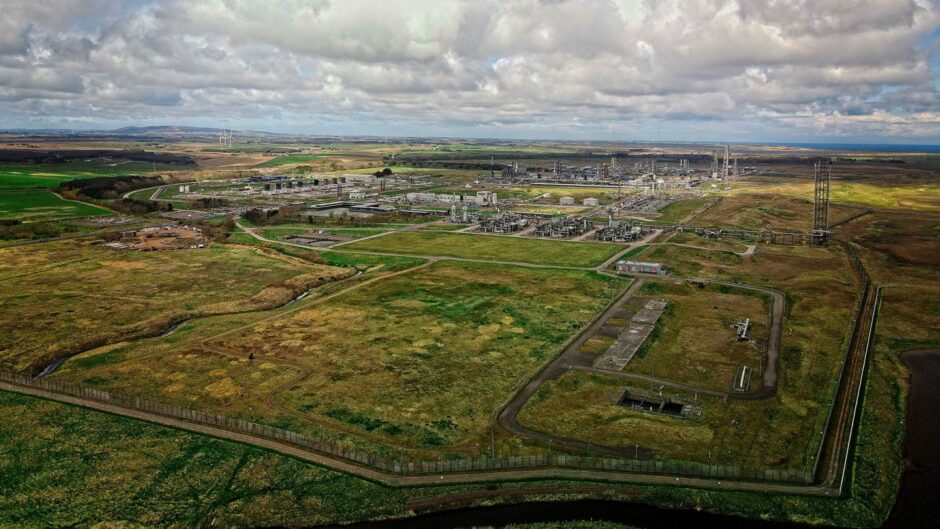
A new steering committee backed by Sir Ian Wood’s Energy Transition Zone (ETZ) has set out a vision of how 20% of the UK’s hydrogen capacity could be met by North-east Scotland by 2032.
The North East Scotland Hydrogen Ambition (NESH2A) steering committee believes pioneering projects in the region could deliver 29,000 jobs by 2040.
Independently chaired by Mike Fleming, chairman of Isol8 and vice chairman of the Net Zero Technology Centre, NESH2A aims to ensure the region’s ‘massive potential’ for low-carbon hydrogen is realised over the coming decades.
The group will co-ordinate efforts to support the delivery of over 1 gigawatt (GW) of low-carbon hydrogen production target by 2032 – 20% of the UK’s 5GW target.
Other members of the committee are comprised of executives from both private and public sector organisations working on hydrogen projects in the north east, including Storegga chief technology officer Alan James and Hydrasun chief executive Bob Drummond and representatives from the ETZ, which is backed by former oil tycoon Sir Ian Wood via the Opportunity North East group.
It aims “to support and accelerate” deployment to ensure the region “realises the depth of the opportunity and maintains its pioneering position.”
A new “Hydrogen Ambition” report published by the group sets out the potential of current hydrogen projects across the north east including H2 Aberdeen, the Aberdeen Hydrogen Hub, Acorn Hydrogen Project at St Fergus, and ERM Dolphyn.
Momentum now could see more than 200MW of this project capacity ready by 2025-27, it said.
Successful execution and scale-up of these projects could deliver between 13,000 to 29,000 new jobs by 2040, the committee added. It could also position the region to capitalise on future hydrogen export markets.
It points to the region’s ready access to a “deeply skilled (and relevant) workforce” and supply chain that can quickly engage with new low-carbon energy opportunities.
Doing so would provide Aberdeen and the region with “the perfect opportunity to repeat the offshore oil and gas success story.”
However, achieving this will require a “significant amount of coordination at a regional and national level” NESH2A added.
Mr Fleming will formally announce the committee at the Scottish Government’s “Scotland: hydrogen nation” event, hosted by Cabinet Secretary for Net Zero, Energy & Transport, Michael Matheson, at COP26.
It is expected that the event will also see publication of the government’s long-awaited Hydrogen Action Plan.
The Scottish Government has said it would seek to ensure at least 25GW of hydrogen production capacity is in place by 2045, and has committed £180 million in funding towards the development of the hydrogen economy over the next five years as part of the Emerging Energy Technologies Fund.
There is already fierce competition for investment and government support in low-carbon projects, as evidenced by the recent announcement of ‘Track 1’ funding for carbon capture projects.
The East Coast Cluster and HyNet were awarded a share of a £1 billion UK government pot to get projects running by the mid-2020s, while the north east’s flagship Acorn project missed out.
With this in mind, the NESH2A report urges the sector and government to “act quickly and decisively” to make good on the opportunity to be “a leader in the export of hydrogen skills, know-how and technology” – as well as the export potential of hydrogen itself – and to provide “real opportunities” to help the region’s workforce make the transition to low-carbon jobs.
Recommended for you

 © Supplied by Mike Fleming
© Supplied by Mike Fleming